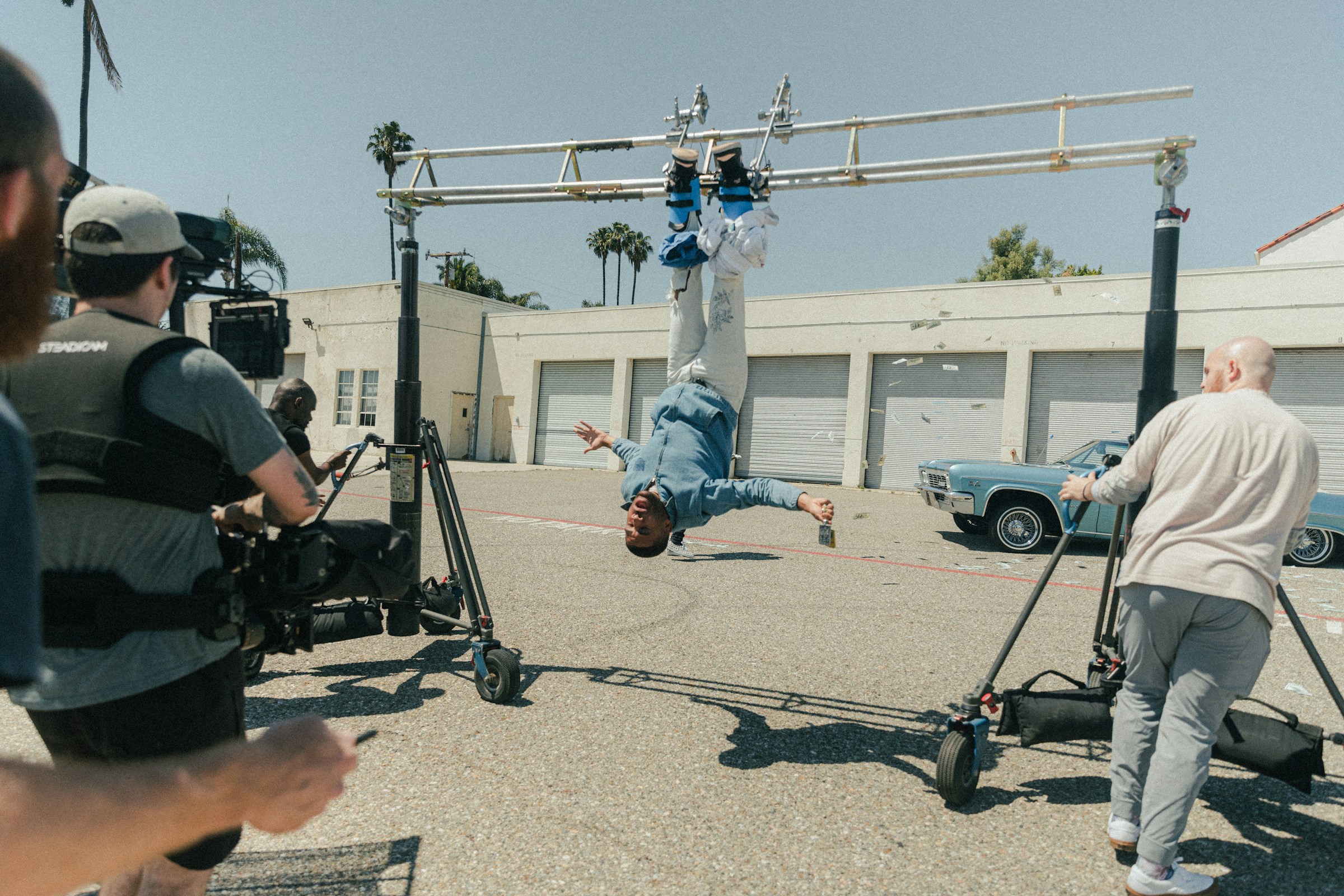
Revolutionizing the Stunt Industry: The Impact of Computer Graphics on Stunt Performances
Stunts have long been a cornerstone of the film industry. From the daring leaps of Buster Keaton to the death-defying feats of modern stunt performers, physical displays of bravery and skill are part and parcel of the magic of cinema. But as technology evolves, so too does the industry. The advent of computer graphics (CG) has initiated a revolution in stunt performances, changing the landscape in dramatic and far-reaching ways.
The Dawn of the CG Era
The introduction of CG into film and television dates back to the 1970s, but it was the late 1990s and early 2000s that truly heralded the age of digital stunts. Pioneering films like "Jurassic Park" and "The Matrix" showcased the potential of computer-generated imagery to create visually stunning sequences that would be too dangerous or impossible to execute in reality.
As technology continued to improve, the capabilities of CG expanded. Today, with advanced motion capture technology and photorealistic rendering, the boundary between the physical and digital realms is becoming increasingly blurred. The ability to replicate real-life physics, coupled with the creative possibilities offered by the digital domain, has set the stage for a new era of stunt performance.
The Impact on Stunt Performances
The introduction of CG has had a profound impact on the world of stunts. At the most basic level, it has increased safety. In an industry where the slightest misstep can result in severe injury or even death, the ability to simulate dangerous sequences in a digital environment is invaluable. Stunt performers can now execute high-risk maneuvers without risking their lives.
But it's not just about safety. The integration of CG into stunt performances has opened up new creative opportunities. From impossible acrobatics to colossal monster fights, computer graphics allow filmmakers to push the boundaries of what's achievable, conjuring up action sequences limited only by the bounds of imagination.
Balancing Realism and CGI
Despite the growing prevalence of CG, there's a persistent demand for practical, real-world stunts. The authenticity and unpredictability that real stunts provide often enhance the audience's emotional engagement, a factor that even the most advanced CGI cannot replicate.
Balancing the use of real-life stunts with CGI is an art in itself. Films like "Mad Max: Fury Road" and the "Mission: Impossible" series have excelled in this regard, using CG to enhance the spectacle while preserving the visceral thrill of practical stunts. These productions employ a blend of CG and real-world action, creating immersive and visually dynamic experiences that captivate audiences worldwide.
The Future of Stunt Performances
As we look to the future, the integration of computer graphics and stunt performances is set to evolve further. With the advent of virtual reality (VR) and augmented reality (AR), we're on the brink of a new frontier in cinematic storytelling. These technologies promise to bring audiences closer to the action than ever before, revolutionizing the way we experience film and television.
The impact of computer graphics on stunt performances has been profound, revolutionizing the way action sequences are conceived, executed, and perceived. This evolution serves as a testament to the limitless potential of technology, forever changing the landscape of the cinematic arts. However, the true magic lies in the perfect blend of CG enhancements and the raw, visceral thrill of real-world stunt performances, combining to create a spectacle that is both safe for the performers and exhilarating for the audience. The future of stunts is indeed bright, promising even more astonishing feats of bravery, skill, and creativity in the years to come.
















